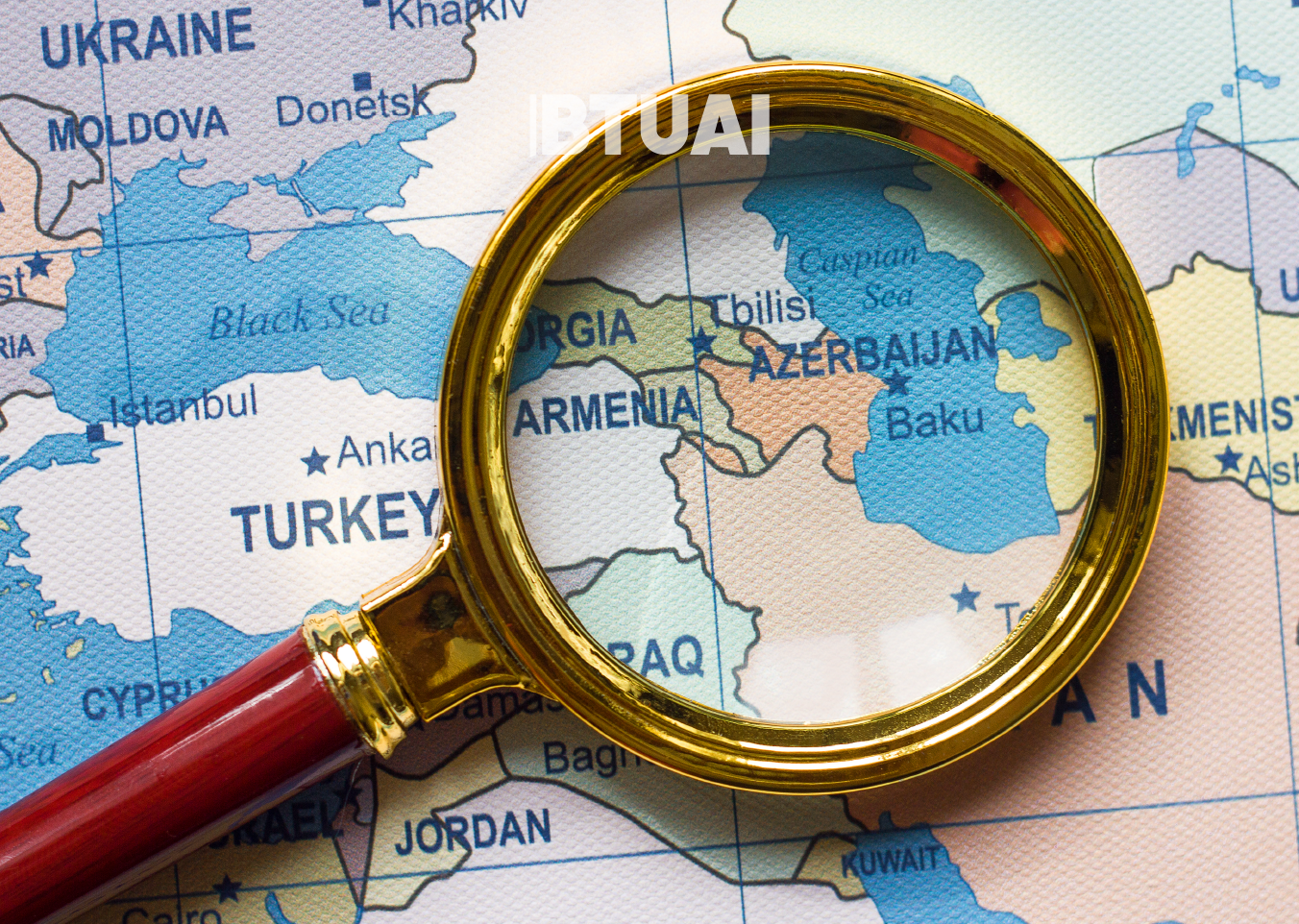2025 Begins with 9.3% Growth – Georgia’s Economy Outpaces the Region
Georgia’s economy entered a new phase in 2025 with a sharp pace of growth. According to official statistics published

Georgia’s economy entered a new phase in 2025 with a sharp pace of growth. According to official statistics published by the Ministry of Economy and Sustainable Development, the country’s average economic growth for the first quarter stood at 9.3%. In January, growth reached 11.1%, followed by 7.7% in February and 9.0% in March—making it one of the highest figures both regionally and globally.
This growth was far from a statistical illusion. The main driving forces were strongly rooted in the real sector. Particularly positive signals came from exports and tourism. In March, goods exports increased by 8.2% year-on-year, reaching USD 565.8 million, indicating that Georgian products continue to hold their competitive edge in international markets, despite global trade fluctuations.
Another key pillar of the economy was tourism—a sector that has significantly strengthened its role in boosting domestic demand and the services industry in recent years. In the first quarter of 2025, tourism revenue hit a record high of USD 826 million. This figure represents a 2.3% increase compared to the same period last year and shows that international travel to Georgia has not only recovered but is steadily growing.
Another indicator of the structural strength of economic activity is the 10.8% increase in the turnover of VAT-paying enterprises in March, which reflects the real operational scale of businesses. At the same time, 6,270 new enterprises were registered, pointing to growing business expectations and an improving investment climate.
International financial institutions and rating agencies are looking even further ahead when evaluating Georgia’s economy. According to the International Monetary Fund, between 2025 and 2030, Georgia is expected to have the highest medium-term economic growth rate among regional and European countries, averaging 5.2%. If realized, this will allow the country to develop its domestic market, strengthen its social policies, and expand its position in the international economic system.
At the same time, such a high growth rate may bring challenges—including inflationary pressure, labor shortages, or the need to manage the budget balance. So far, however, Georgia appears to be maintaining macroeconomic stability, carefully balancing growth and fiscal prudence.
The beginning of 2025 clearly shows that Georgia is no longer simply in a recovery phase, but rather in an expansionary phase, where the main task will be to sustain what has been achieved and transform it into long-term, sustainable development. If this momentum continues, the country could become one of the fastest-growing economies in the entire region.




